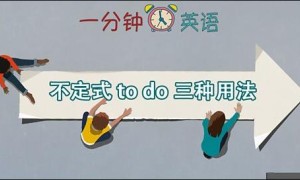After Phoebe Hoyt moved through the Evanston public school system, said her farewell to her hometown and permanently moved to Milan, Italy, she started teaching English to Italian children.
She said she noticed that it was very difficult for them to learn the language in classes. And when adults tried to explain to young students that learning English was important because it opens doors or provides opportunities, the kids didn’t understand.
English instruction “wasn’t done well in schools and had to be done outside,” Hoyt said.
Since 1985, Hoyt has been the director of multiple English language summer programs for Italian children, and, for the past 10 years she’s been bringing Italian teens ages 14 to 17 to Chicago during the summer for two-week-long internships and English language immersion opportunities.
This year, seven students in Hoyt’s program spent Aug. 17 through Aug. 31 in Chicago, living with Hoyt in a rented house in the Ravenswood neighborhood on the city’s North Side. The teens attended daily internships or volunteer opportunities from 9 a.m. to 3:30 p.m.
Origins of Active English
When Hoyt started teaching English in her first summer program, a 10-day overnight camp that accommodated up to 30 children (repeated three times each summer), she didn’t use classrooms.
Her students learned English through games, sports and other activities. The teachers/camp counselors were U.S. and U.K. university students, many of whom were studying Italian themselves. The program still operates at the camp and dorm facility Dynamo Academy near Florence, Italy.
The Active English U.S. abroad program started in Boston, then moved to Coronado, an island just outside of San Diego. But once Hoyt started to host it in her native Chicago she knew the city would be the long-term destination for the ongoing summer trip.
“Because I know Chicago, having grown up there,” Hoyt explained. “I have people that can help me with ideas, and [students are] invited to people’s houses for barbecues. It allows the teens to really get immersed in the U.S.”
The match of internships to student
To decide what internship each teen needs, Hoyt asks the them to consider what they are passionate about or what they’d like to study in college. One student replied he was passionate about cooking, so she helped connect him with Boka Restaurant Group, owned by an Italian.
“He was enthusiastic,” Hoyt said about the student.
Other locations the Italian students interned at included a health clinic in Highwood, the Chicago Botanic Garden, the Center of Muslim Women and the Syrian Community Network. In the two latter programs, interns helped settle Afghan refugees into the United States.
“My son accompanied me. He’s 32,” Hoyt said. “He would bring that group to Chicago to their internships and back until they were able to go on their own.”
In their free time, students made a guided tour of downtown, and went to Navy Pier, Montrose Beach and Bernie’s book Bank, an Italian-owned bookstore that provides new books to low-income children.
Next year, Hoyt wants to bring an older group of kids to Evanston for a month and will scout out interested Evanston families to help host.
“I enjoy the Italians,” she said, explaining why she lives there permanently. “The way they live life, their work is not necessarily primary. It’s important.”
Speaking of the other places to visit in her home of Milan, she started to list the nearby lakes, mountains and countryside. “It’s a nice place to be,” she said.







